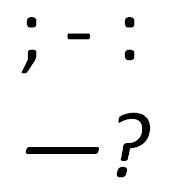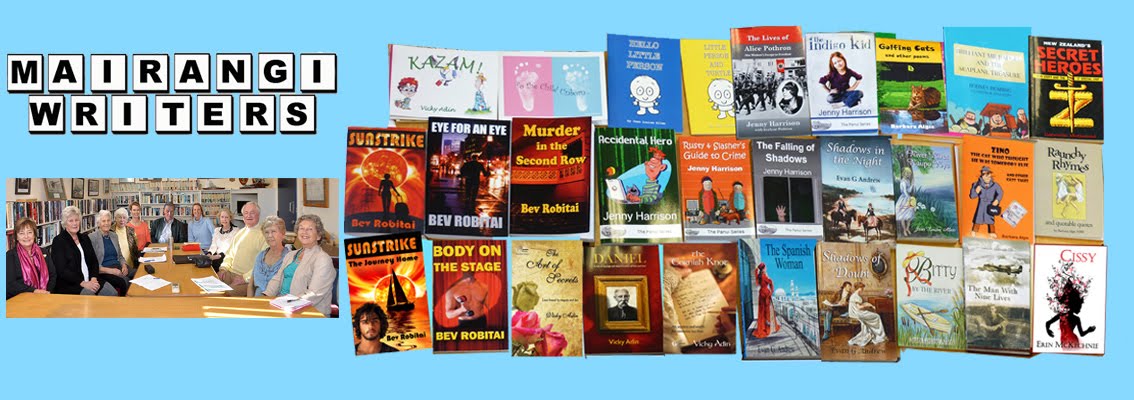Some helpful advice from that excellent site, Indies Unlimited. Melissa Bowersock has set it all out for you.
Those Pesky Punctuation Marks
 In my reading, I often see questionable usage of a few related punctuation marks. I know (1) that grammar is not every writer’s strong suit and (2) the rules for grammar are more often gray rather than black and white, with lots of room for subjective variation, but a short primer on a few of the more confusing marks might be in order.
In my reading, I often see questionable usage of a few related punctuation marks. I know (1) that grammar is not every writer’s strong suit and (2) the rules for grammar are more often gray rather than black and white, with lots of room for subjective variation, but a short primer on a few of the more confusing marks might be in order.Semi-Colon
Many writers today seem to either hate or distrust the semi-colon, and that could be because they are not clear on the usage (and I won’t even go into the discussion about the spelling, with or without a space and/or dash). Cathy Speight did an IU piece on this persnickety punctuation mark a while back, but I want to talk about it along with some other marks that are sometimes confused, so I’ll recap the semi-colon here as well. Interestingly enough, in the mid-19th century there was an organization of writers in Cincinnati, Ohio called the Semi-Colon Club. Members included Harriet Beecher Stowe and Chief Justice of the Supreme Court, Salmon P. Chase, among others. I would guess from their choice of name for their group that they were not afraid to use the much-maligned mark.
The semi-colon has two primary uses:
a) Between two closely related but independent clauses, usually complete sentences in and of themselves. The two clauses may also be contradictory.
John chose the yellow kitten; Samantha picked up the calico.
I thought the drizzly rain was uncomfortably chilly; my daughter found it to be invigorating.
b) In a series or list that includes other, internal punctuation that would make the use of commas confusing.
I’m going to have a sandwich of ham, which I got at Trader Joe’s; jalapenos, which came from my own garden; and bell peppers, which were given to me by my neighbor.
Colon
I’ve seen colons and semi-colons used interchangeably, but they are very different and denote different things. The main difference between the two is that the semi-colon is used to link two independent clauses, while a colon is used to introduce an explanation.
The colon has four main uses:
a) Before a list.
Hank packed everything he could think of: shirts, shoes, pants, socks, underwear, books, and his laptop.
b) Before a description.
She loved the look of the vase: its translucent glass caught the light and the yellow color seemed to glow.
c) Before a definition.
He said I was audacious: recklessly bold and extremely original.
d) Before an explanation.
Crossing the Atlantic was hell: the wind howled the entire time and the waves rolled ceaselessly beneath the ship.
Dashes
There are two dashes, the en dash and the em dash. The en dash is a single, short dash (-) while the em dash is a longer dash or two en dashes put together (– or —). The en dash is primarily used to hyphenate words, like space-time. The em dash, however, can be used in much the same way as a colon or a set of parentheses as shown in the following four ways:
a) To denote an abrupt change of thought or feeling.
I was going to say—but, no, I don’t think I will now.
b) To set off a clause.
He was wearing the scarf I knitted for him—the purple one with the green spots—and I realized he was trying to please me.
c) To indicate an interruption, especially in dialog.
“But how do you—”
“Wait! Let me explain.”
d) As the inverse of a colon, i.e. after a list or description.
Black, red and yellow—these colors on insects often denote poisonous species.
There, is that all clear as mud? Just remember that we’re trying to get our ideas across to our readers in as clear a manner as possible, so giving them the right visual clues to follow our line of thought is essential. Happy punctuating!
Indies Unlimited has all sorts of useful advice for all aspects of writing and self publishing. I recommend a visit!

Thanks for spreading the word!
ReplyDeleteThanks for visiting, Melissa. I hope you didn't mind my 'borrowing' your excellent post when one of our members had mislaid the blog roster and forgotten to provide her post on time! I'm sure our readers found it useful - I know I did.
Delete